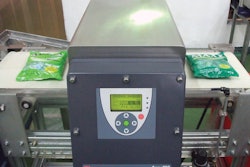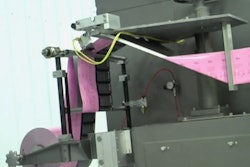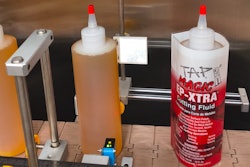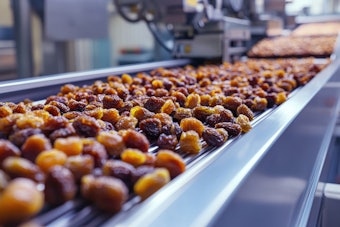But only with the arrival of the Industrial Revolution during the 19th century did agriculture become organized enough to permit people to leave behind the hunt-and-harvest survival mode and begin an era of expansion. As people became less tethered to the land and began clustering in towns and cities, a new discipline of food preservation and protection was required so that the bounty of the land could still reach them. That’s why the transition from rural to urban societies was also a time that saw the modernization of agriculture and the growth of a distribution infrastructure to feed the newly industrialized West. Central to these developments was the emergence of packaging capable of protecting food as it made its way from field to fork.
Although Western societies have evolved in this manner, other parts of the world still cling to their agrarian roots. So even though enough food is grown on this planet to feed every living person probably well into the next millennium, more than half the food grown or harvested spoils while in the distribution mode. Despite knowledge of the use of protective packaging to help deliver safe and nutritious foods to large numbers of people, too many of the earth’s population are not yet able to take advantage of this knowledge. Until world leadership recognizes integrated food delivery systems as fundamental to existence and meaningful progress, children and adults will be hungry, nutritionally deprived, and ill. Too many millions will die each year.
Logic and reason dictate that the more widely we apply food science and its sub-categories, including food packaging, the sooner we’ll find ourselves on the right route to saving a mighty precious resource: the human race. The simplest analysis of food distribution demonstrates that erecting barriers to the ever-hostile natural environment of water, water vapor, microorganisms, insects, animals, and debris is fundamental to preserving food. And the best barrier yet devised is that much-maligned but potentially heroic thing known as food packaging.
Through the centuries, glass, ceramic, cloth, metal, wood, paperboard, and, more recently, hydrocarbon polymers have been applied to contain and protect food in industrialized distribution economies. None of these structures is perfect, but their deficiencies do not mandate that they be restricted or banned. On the contrary, the fate of the world depends on their expanded use.
We should thoughtfully encourage developing economies to evolve in such a way that individual farmers no longer carry their wares to open-air markets each day. Why should they do so when the loss rates are so horrendous? Packaging of foods on and immediately beyond the farm can become today’s greatest contribution by those espousing environmental responsibility. Imagine how much loss would be avoided from the simplest application of, for example, low-density polyethylene film sacks to surround picked fruit, or poultry, or grain kernels. Just think of the pantries that could be filled when plastic food packaging is optimized for the surrounding climate. If 19th century canning fed roaming armies, what might retortable multilayer barrier plastic pouches offer for underfed populations? Haven’t we already demonstrated the decisive paybacks from such initiatives?
Many world food experts have long believed that improved food packaging in a sound distribution infrastructure is the key to alleviating hunger. Unfortunately, agricultural interests and economic theories that emphasize acreage, yield, and raw materials have so dominated the global food scene that packaging’s potential has been ignored. More recently, the endless diatribes on sustainability have practically turned packaging into some kind of bad guy. That makes it even more difficult to remind people that packaging is not some necessary evil but rather lies at the very heart of straightforward food-protection and hunger-fighting principles.
Elementary food technology teamed with packaging is the surest, most logical way to reduce the endless cycle of subsistence growing, field rot, poor distribution, food shortages, and deficiencies that result in human devastation. Food must be preserved from the field to the fork with packaging materials and structures accompanied by a distribution infrastructure built on good roads. The way to bring about this epic global change is no great mystery. Sound food packaging principles must be embraced, and responsible food packaging professionals must become the agents of change. We possess the means and knowledge. Now let us muster the resolve to boldly apply packaging to help resolve this world’s greatest problem: the redistribution of food so that it’s available to all.























